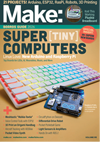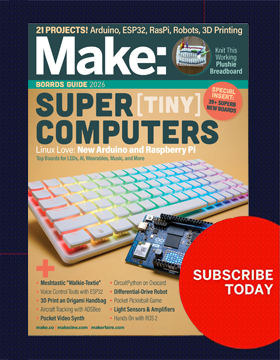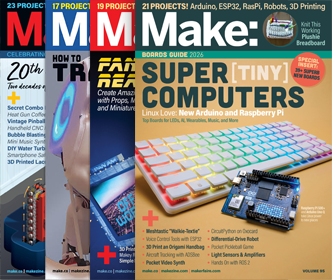Strongly bond metal to glass with rear view mirror adhesive
The glue that holds rear view mirrors in place is amazing stuff, that breaks all the normal rules about adhesives: it holds a joint between two extremely smooth, entirely nonporous surfaces that are subject to near-constant mechanical vibration, extremes of temperature, and ongoing exposure to UV radiation. And it holds for years, even decades. If you are faced with one of those “impossible” gluing problems requiring a strong metal-glass or glass-glass bond, try using a rear view mirror repair kit on it. They can be had for a couple bucks from most hardware stores.







